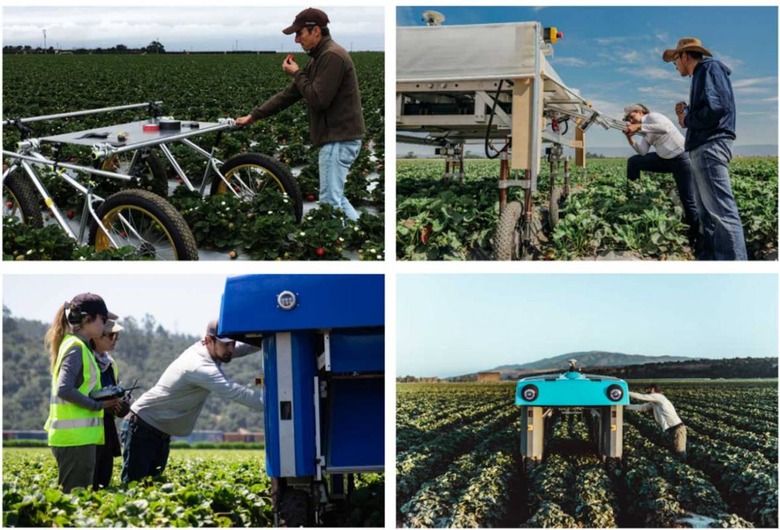Mineral Aims To Significantly Increase Food Production In The Next 50 Years
X is a company that wants to bring in an era of computational agriculture. The company's goal is to significantly increase food production over the next 50 years to feed a growing population on Earth. The company says that its team has a new name, Mineral, and is currently working on experiments that involve bringing new tools to agriculture to help manage the complexity of farming and grow food sustainably on a global scale.The company is working with multiple crop types, including Strawberry Fields in California and soybean fields in Illinois, to learn more about crops and how they grow from the time they sprout until they're ready to harvest. The name Mineral was chosen as an homage to the essential role minerals play in helping sustain life on earth. The company says minerals like zinc, iron, and magnesium are essential to our health and can't be synthesized by the human body.
Those minerals are obtained by the body by eating plants or animals that eat plants. Mineral says that to feed the growing population, global agriculture needs to produce more food in the next 50 years than in the previous 10,000 years. The company says climate change is making crops less productive when we need to increase production globally. Previously the approach of agriculture around the world was to standardize what they grow and how they grow it.

Currently, crops are standardized with management techniques treated uniformly on a per acre or per hundred acres basis with chemicals to prevent pests, weeds, disease, and fertilize them. Mineral believes that growing only a few varieties of plants makes the food supply vulnerable to pests, diseases, and changing climate. Less than one percent of the 30,000 edible plant species known to man are cultivated for food. Rice, wheat, and corn provide nearly half the world's plant-derived calories today.
Growing a few varieties of plants makes over time depletes the soil of nutrients and minerals, reducing the diversity in the soil microbiome and diminishing its ability to store carbon. Mineral has built new software and hardware tools that combine diverse sources of information that were too complex or overwhelming to be useful before. The team gathers information on soil, weather, and historical crop data to find new data points on how plants in the field grow respond to the environment using its plant buggies filled with sensors. Data from the plant buggies is combined with other information like satellite imagery, weather data, and soil information to build a complete picture of what's happening in the field and gain new insights into crop productivity.
